SEMCOG’s five-year economic development strategy for the region, “Increasing Shared Prosperity for a Resilient Economy,” guides our agency and stakeholder partners to:
- Create and market quality places;
- Anticipate demands for land use;
- Invest in critical infrastructure;
- Foster a competitive business climate;
- Advance technology, innovation, and entrepreneurship; and
- Prepare and connect talent with jobs.
Many of the policies embedded within these six strategies prescribe investments and actions that already exist in our communities’ commercial districts. In fact, commercial districts are arguably THE places that foster the right conditions for significant and resilient economic growth as well as resident engagement and satisfaction.
Commercial Districts Defined
Commercial districts are areas with identifiable edges that are used, planned, and/or zoned for commercial and related supportive activities. They are our historic downtowns, “main streets,” auto-oriented business corridors, and sometimes even small nodes of commercial activity within our neighborhoods.
Each type of commercial district is found in Southeast Michigan, which is why training and information-sharing efforts must match the diversity of places in our region.
Downtowns
Of the commercial district types, downtowns are the true powerhouses, pulling more than their own weight in terms of economic activity, community gathering space offerings, and historical significance. Downtowns are home to residents, businesses, schools, and civic centers – and this mixture of uses is one of the reasons downtowns are particularly resilient.
Commercial Corridors
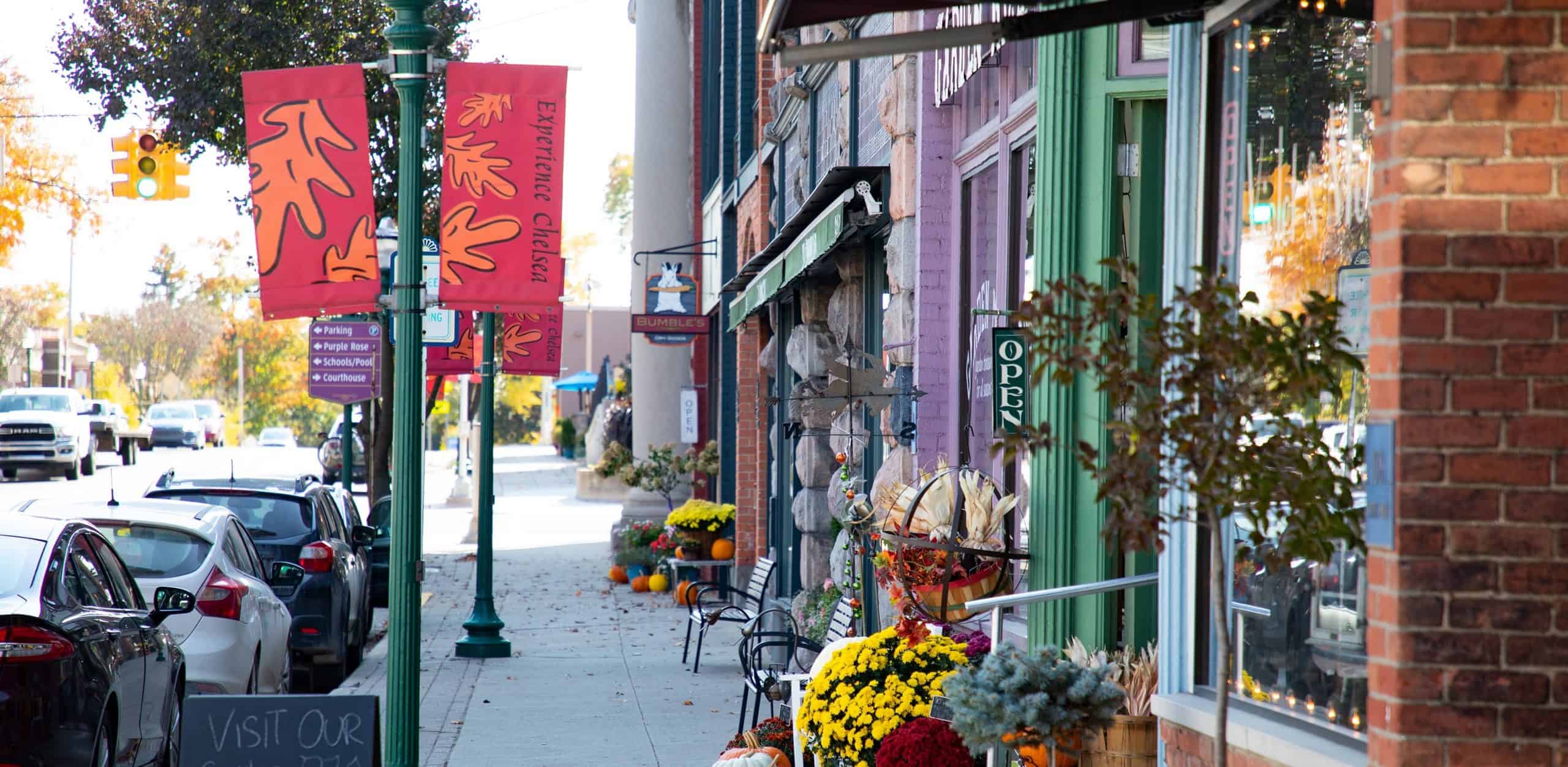
Commercial corridors are familiar places, perhaps so familiar we do not even notice them. We travel them to and from our homes to our jobs, schools, and medical appointments. They are often our “go-to” spots for everyday and convenience shopping needs.
While they are typically less efficient in terms of land use and infrastructure investment than their downtown counterparts, certain types of corridors can improve efficacy by focusing development around certain elements. These include:
- transit (“TOD,” or transit-oriented development);
- unique mixed-use districts, sometimes called “town centers” and often on the site of large obsolete uses like indoor shopping malls; and/or
- context-sensitive infrastructure investments in complete streets to increase safety and enjoyment of our rights-of-way by all legal users of our roads.
Summary of Recent Events
Shop Local – Southeast Michigan
Communities in Southeast Michigan have been working together to promote local spending. The Shop Local series started in 2020 with one video and one graphic to encourage supporting small businesses during a difficult time. Since then, SEMCOG has worked with communities to produce a dozen additional videos with over ten more in the works.
The Shop Local series is aimed at promoting local entertainment and shopping opportunities throughout Southeast Michigan. None of these videos would have been possible without local leaders stepping up to work with SEMCOG to display unique places, highlight favorite local businesses, and encourage residents to support the community. To learn more, read the “Shop Small Saturday and Local Business Support Every Day” blog.
General Assembly: Strategies for Commercial District Revitalization
During the October 2022 SEMCOG General Assembly, we held a break-out session on strategies for success – this was a panel discussion by leaders from a variety of communities sharing strategies to strengthen their commercial districts. Laura Kropp, Mayor of Mount Clemens; Brian Turnbull, Mayor of Northville; and Fred Zorn, City Administrator of Southfield, participated in a panel discussion.
All three panelists shared the need for advanced planning, vision- and goal-setting, and a willingness to implement complex revitalization projects like Mount Clemens’ Cherry Street pedestrian mall overhaul, the planning for which was funded by SEMCOG with a majority of the construction funds coming from the Michigan Economic Development Corporation.

Northville’s downtown has flourished with its commitment to historic preservation and significant streetscape and public space investments, including a beautifully-designed town square and responsive street closures to encourage even more pedestrian activity in the district.
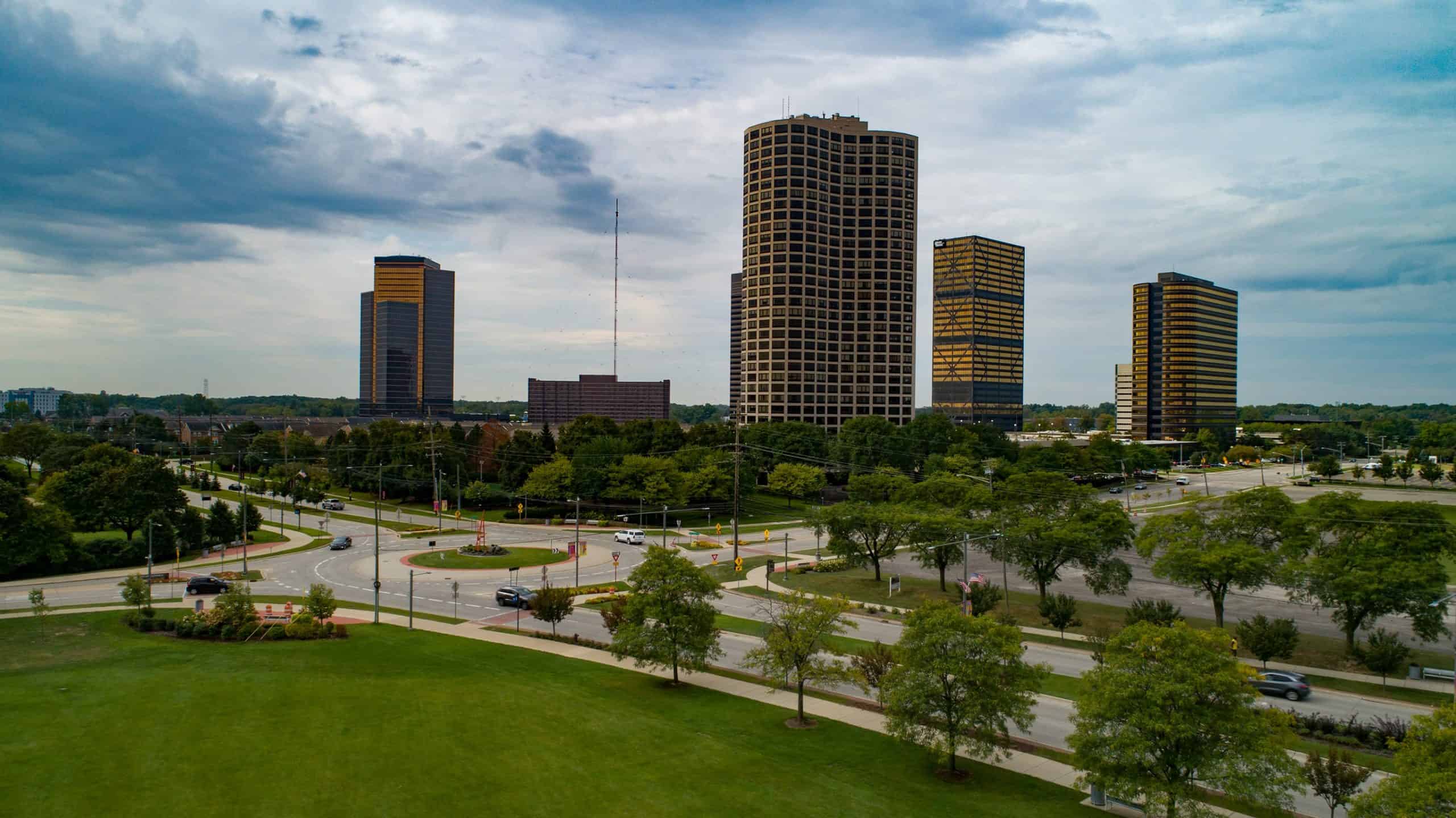
Southfield, the largest of the three communities represented, has invested heavily and persistently in its large redevelopment sites like the Northland Center, now being developed as a mixed-use district with thousands of residential units, large- and small-scale retail, and other complementary uses – called Northland City Center.
Workshop: The Main Street Approach® to Commercial District Revitalization
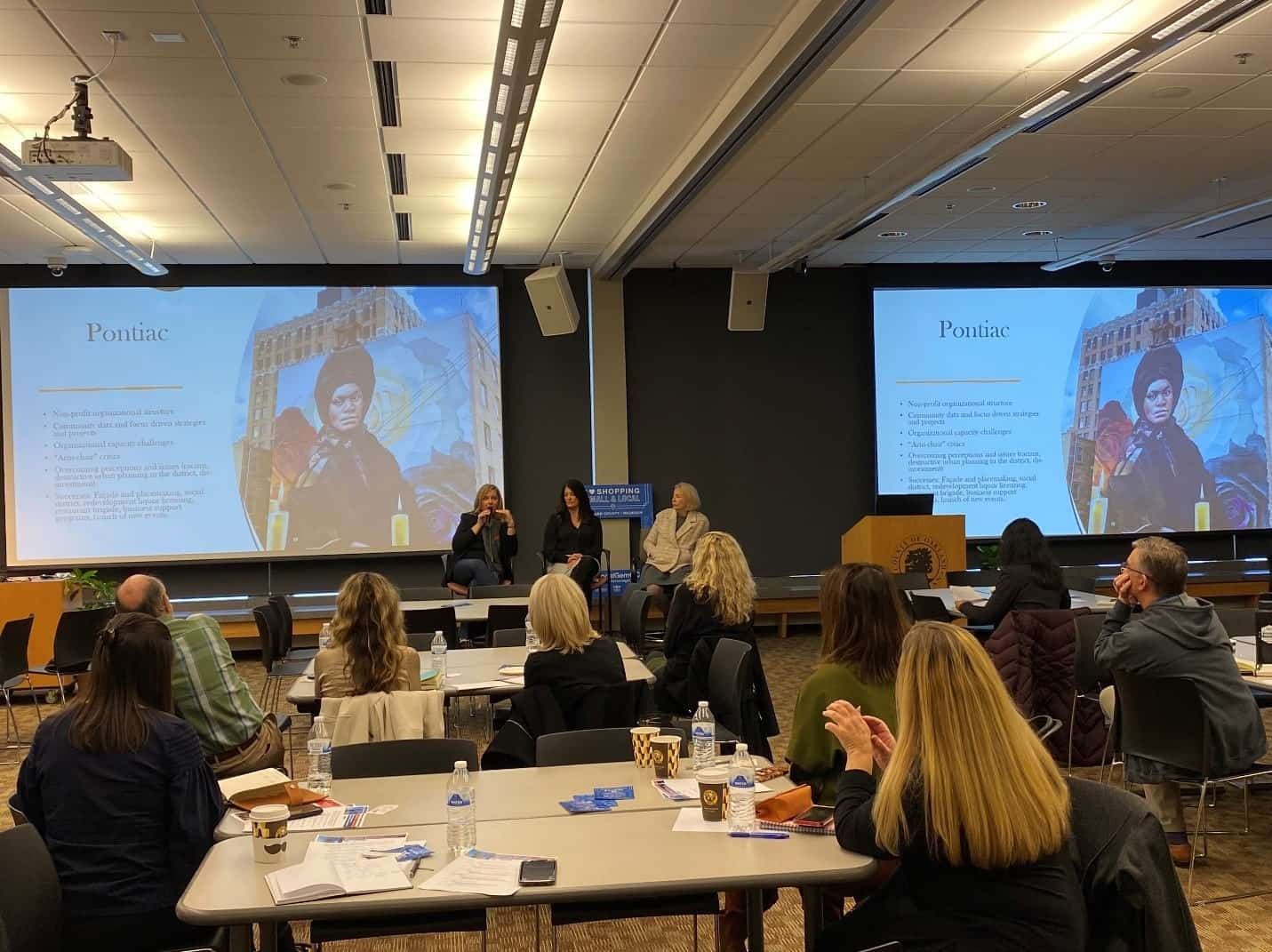
In November, leaders from communities throughout the region gathered for a day-long workshop focused on one organizational framework for revitalization, called The Main Street Approach ® and pioneered by Main Street America. In Michigan, there are two “coordinating programs” under which communities can become certified: Michigan Main Street and Main Street Oakland County, which co-hosted the event. Workshop attendees needn’t have been affiliated with a Main Street program nor interested in becoming certified. This event was an opportunity for all Southeast Michigan communities to learn about the principles of this trusted and tested revitalization method as a means of strengthening their own revitalization strategies.
The day began with a presentation by Matt Wagner, Chief Program Officer with Main Street America. Matt provided a history of the Main Street program and shared the “four-point approach” around which “Transformation Strategies” are organized: Economic Vitality, Design, Promotion, and Organization.
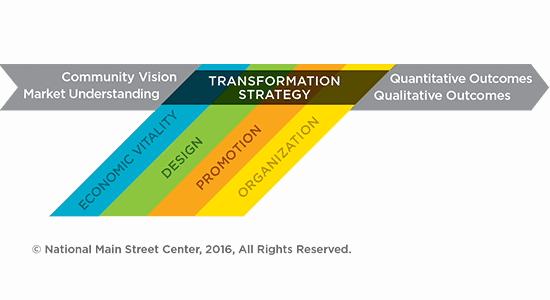
Next, Main Street Oakland County team members John Bry, Ron Campbell, and Annaka Norris provided detail about the County’s program and its adoption by local communities. They also dove deeper into two of the four points: economic vitality and design. To round out the morning’s Main Street Approach® sessions, representatives from three Main Street program communities – Oak Park, Pontiac, and Rochester – shared information about how their district organizations are managed. The discussion focused on the communities’ commercial district characteristics, programs, and events, as well as the various organizational models available to Michigan communities. These include Downtown Development Authorities, Principal Shopping Districts, Corridor Improvement Authorities, and non-profit 501(c)(3)s.
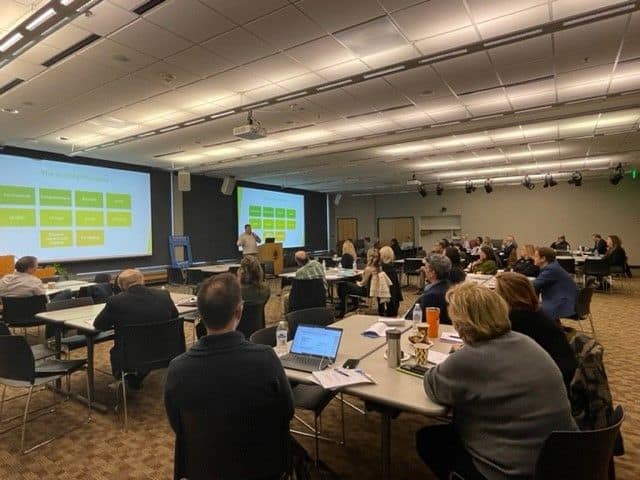
Finally, the afternoon was broken into two sessions. A facilitated panel discussion focused on confronting difficult challenges like economic downturns, the COVID-19 pandemic, and board turnover with representatives from Dearborn, Farmington, and Grosse Pointe. The last session of the day was spent listening as SEMCOG staff facilitated small roundtable discussions with workshop attendees. We heard about the challenges communities are facing; suggestions for future training and information-sharing topics; and other matters that may be useful for technical assistance and/or resource development by SEMCOG.
Additional Resources and Future Events
We have heard much about the need for greater economic and human resources to further transform our region’s commercial districts. SEMCOG planners will keep this top of mind while we design future programs around this critical economic development need. In the meantime, please use the links above to learn more about current resources and stay tuned for the next events in the SEMCOG Commercial District Revitalization Series.

Leave a Reply